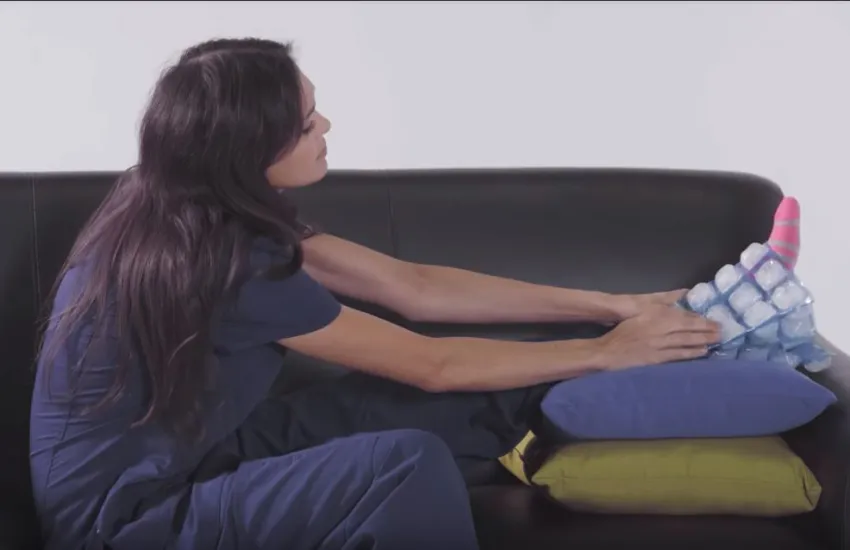Total Ankle Replacement

Total Ankle Replacements (TARs) have been in use since the 1970s. TARs were fraught with complications and were largely unsuccessful. But over the last forty years through many generations of the implants, the technology and techniques have greatly improved and it has become a powerful tool to use to help combat painful ankle arthritis.
The ankle consists of three main bones: the tibia, fibula, and the talus. The tibia is the bigger bone of the leg and the fibula is the smaller bone of the leg. The talus is a dome shaped weight bearing bone that fits in the space created by the tibia and fibula to make the ankle join. A person with an arthritic ankle joint has the cartilage of the joint worn down or damaged. This creates pain. The purpose of TARs is to remove the arthritic joint and replace it with metal and plastic.
TARs replace the portion of those bones that rub together with metal and plastic. The metal portions are fixed into the tibia, fibula, and talus. The plastic portion is placed between the metal components. The metal and plastic components rub against each other to allow the ankle joint to move smoothly and painlessly. The difference between types or brands of ankle replacements is how these metal and plastic portions are constructed, the size and shape of the metal and plastic pieces, and how they are placed in the ankle.
The gold standard treatment for ankle arthritis continues to be an ankle fusion. But for the right patient a total ankle replacement can be used. What are some of these circumstances?
- Patients over 50 years of age
- Low Body Mass Index
- Limited deformity to the ankle
- Moderate to low impact activity level
Not fitting into this category does not preclude you from obtaining a total ankle. The choice to perform a total ankle on a particular patient is at the surgeon's discretion.
TARs are done in a hospital or surgical center. Each surgical case is patient specific and can take up to 2 hours. They usually require an overnight stay, but can be done on an outpatient basis. After your total ankle you will be unable to bear weight for three weeks. You will then be placed in a walking cast boot over the next three to four weeks. By the ninth week we will progress you out of your walking cast boot into a normal shoe; progressing to full activities by 12 weeks.